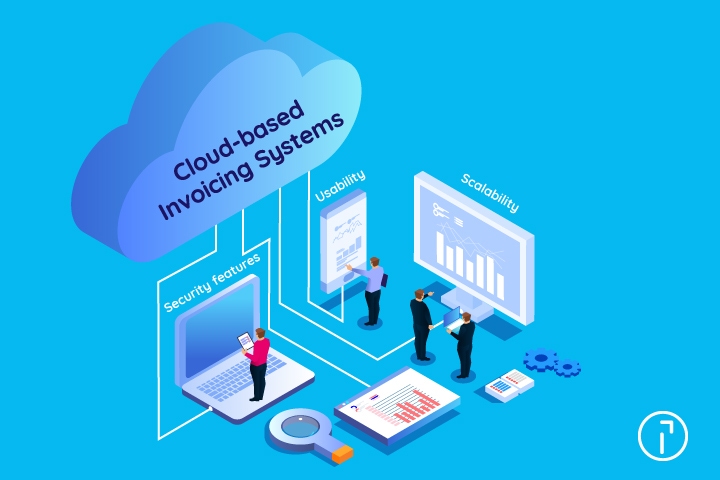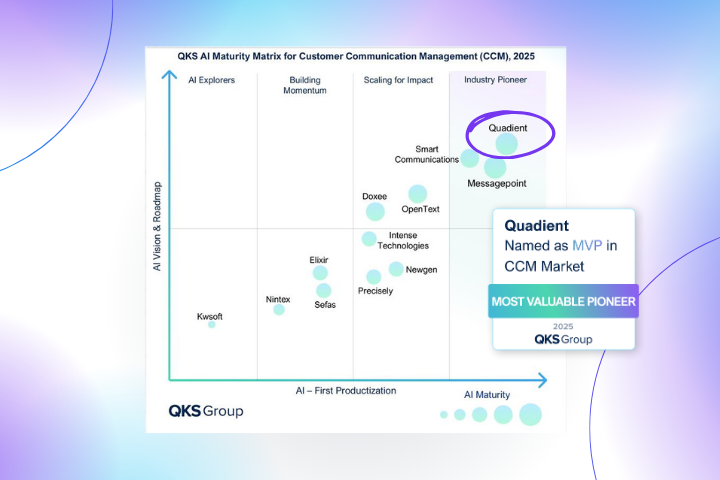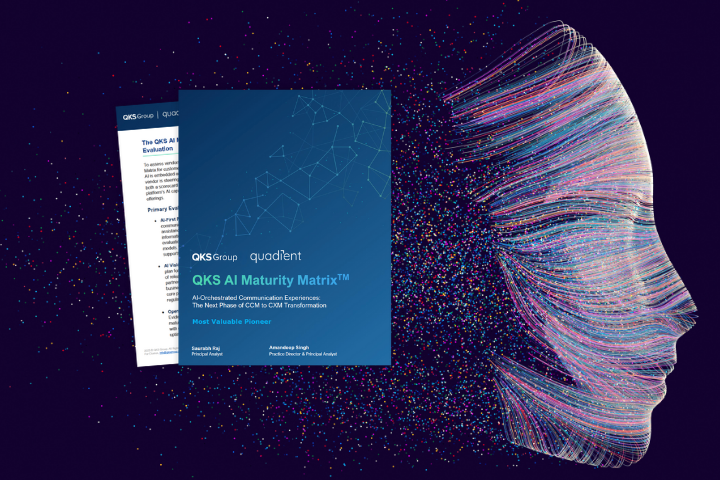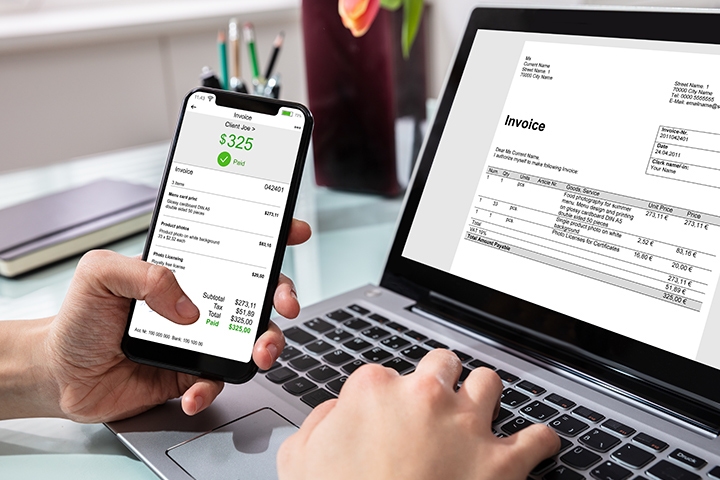Introduction
Invoice payment is a term describing the funds sent by a client to a supplier for goods and services. The document includes an itemized list of the products or services provided, creation date, due date, and a unique invoice number. Invoices also contain tax rate information for the goods or services provided by the vendor.
The invoice details and structure must be accurate to avoid issues such as overdue payments. Errors in the document can trigger unnecessary queries that often cause delays. Poor management of invoice payments may cause cash flow problems for small businesses. Mistakes may also affect the company’s relationship with its partners.
The principal elements of an invoice include:
- The name of your business
- The name of the invoice recipient
- A unique invoice number for reference purposes
- An invoice creation date
- An invoice due date
- Information on the tax rate
- Payment terms
Different businesses have varying payment terms. You can discuss the terms and due date for the invoice with the vendor. If there is no due date on the document, the client is expected to pay within 30 days of receiving the invoice. However, the rules may change depending on the industry or jurisdiction.
Most businesses use checks to pay for the invoice. But paper-based processes are fraught with errors and are time-consuming. That’s why more businesses today are increasingly in favor of electronic invoicing (e-invoicing).
E-invoicing uses digital applications to process invoices rather than relying on error-prone manual processes. According to a report by MasterCard, about half of the businesses in North America use an electronic billing system for faster processing.
How to track invoices and payments
Invoice payments can directly impact cash flow and the company’s image. Streamlining your billing process will ensure you receive timely payments. An efficient process can also be beneficial for tax auditing purposes.
Why is tracking and payment of invoices challenging? On paper, the process of sending an invoice should be straightforward. You send the invoice to the customer and wait to receive payment.
Unfortunately, the process is not always fast and straightforward. Problems often crop up at various stages of billing. If you send an invoice by mail, it takes time before the customer receives it. Also, the document can get lost, leaving the client unaware of the payment due date.
Time is one of the most critical factors in tracking invoice payments. Monitoring the transactions and following up with your client as soon as the due date has passed is essential.
Choosing an automated invoicing solution
You could choose from two principal categories of billing solutions. The first are traditional accounting software typically installed on-premises. An offline billing application is suitable for businesses that need tight integration with legacy ERP systems.
The best solution for most businesses is a cloud service. A cloud-based application has many advantages.
Cloud-based invoicing systems are much easier to deploy. You don’t have to install any software. Reputable billing platforms can easily integrate with other applications.
The system is accessible from any device with an internet connection. After signing up, you can start using the application at once.
An online invoicing system is an excellent choice when you want to synchronize data across your organizations. Different departments receive real-time data to speed up account reconciliation. It reduces the work done by staff and frees their time so that they can focus on the core business objectives.
Real-time data supplies visibility of the transactions to improve cash flow management. The organization can use data on payment cycles to make projections. Enhancing cash flow management helps growth planning, improving the company’s prospects for the future.
The business can also use real-time data to boost customer and vendor relationships. It enables fast approvals and reduces queries on invoices, minimizing the risk of disputes.
Unlike offline applications, a cloud-based system does not require maintenance. The service provider handles upgrades and ensures the system is available around-the-clock. Your business can save on labor and resources you would otherwise use to maintain the platform.

Consider the following features when choosing a billing solution:
- Usability: Evaluate the user interface and check that the system is easy to use. Employees may take more time learning a system with a complex interface. That may mean more training costs, or that the billing process will generate more errors.
- Scalability: You don’t want billing software that will not keep up once your business starts to grow. It may cause company-wide disruptions that may affect productivity. Migration to a new platform may require retraining, using up your time and resources.
Determine your current and future business needs and list features that are critical for your business. For example, does the organization allow you to add new team members? Can it manage the employees' payroll?
- Security Features: The cloud-based security features are critical for preventing cyber breaches and protecting data confidentiality. Secure invoicing systems are hosted on an HTTPS (Hypertext Transfer Protocol Secure) platform with high-level encryption. Ask the providers about the steps they’ve taken to ensure data integrity. Consider a cloud-based platform with a backup service to avoid data losses.
Conclusion
Timely payment of invoices is crucial for the supplier and the client, so contact Quadient today for more information on how e-invoicing can help your business.










